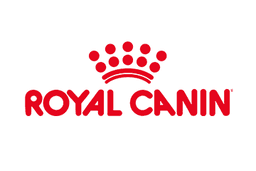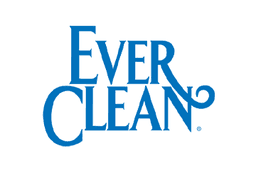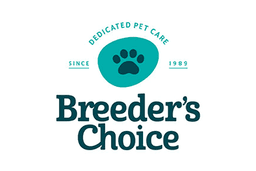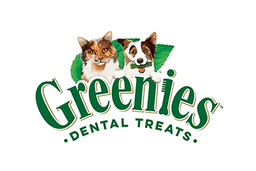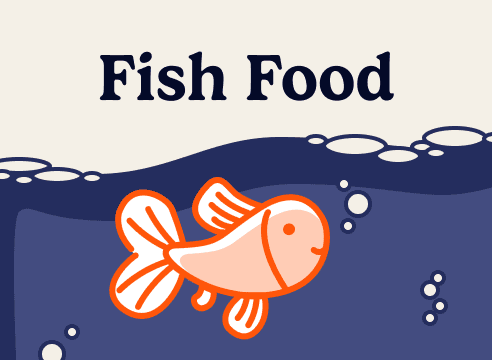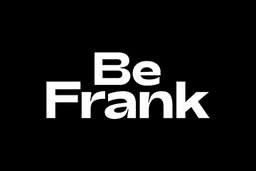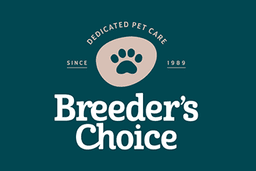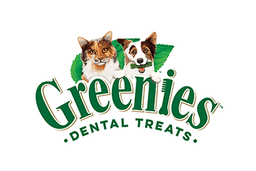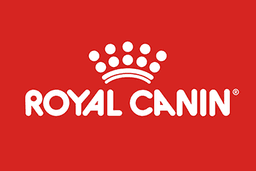Feeding your fish is a fun way to enjoy your new pets, as just watching them eat is exciting!
However, it’s important to know what, when and how much to feed them, so they get the nutrients they require.
Here are a few simple tips to help your fishy friends stay happy, healthy and satisfied.
What to feed your fish
Just like the rest of us, fish need vitamins and minerals from a varied diet. There are generic fish foods available, as well food formulated specifically for cold water or tropical varieties. Fish also have some different eating habits - some like to eat at the top of the tank, in the middle or from the gravel on the bottom.
Some of the options include:
-
Flakes: best for top and mid-feeding freshwater and tropical fish.
-
Crisps: float longer and dissolve slower than flakes.
-
Pellets/granules/sticks: floating, slow-sinking or fast-sinking options suit a range of fish.
-
Frozen food such as bloodworms: suitable for most fish.
-
Algae discs: great for bottom feeders.
-
Live foods: for larger, predatory fish like cichlids.
-
Automatic feeders: to safely feed your fish while you’re away.
Feeding your fish the right amount
The number one rule is to avoid overfeeding them. Overeating can lead to health problems for fish.
Keep in mind that your pet’s stomach is about the size of its eye. Depending on the size, most fish only need to eat for around 30 to 60 seconds to feel full.
The best thing to do is to add a small amount of food to your tank each time you feed. Observe them as they eat what they need. If you see any food floating to the bottom afterwards, give them a little less next time.
How often to feed your fish
Feeding your fish twice a day is ideal. While there’s nothing wrong with feeding fish once a day, giving them smaller amounts a couple of times a day ensures you minimise waste and don't overfeed. Remember that fish will generally eat even when they’re not hungry. So, enjoy watching them do so, but always resist the temptation to add more!
It's also important to clean your tank of any uneaten food. This can accumulate over time and pollute the water.
Storing your fish food
The fish food you buy will display dates as to when it should be used by. However, it’s important to store it correctly to maintain its nutritional value. Just like any food, this may change when it’s exposed to air, light or heat. It’s usually best to keep food in a cupboard, rather than next to or on top of the tank.
Make sure containers are sealed properly after use, stored in a cool dry place, or in the freezer as directed on the product label.
It's not difficult to feed your fish the right way. With the right food combinations for nutrition, taking care to avoid overfeeding and correct storage of food, your aquarium will be a happy place!



